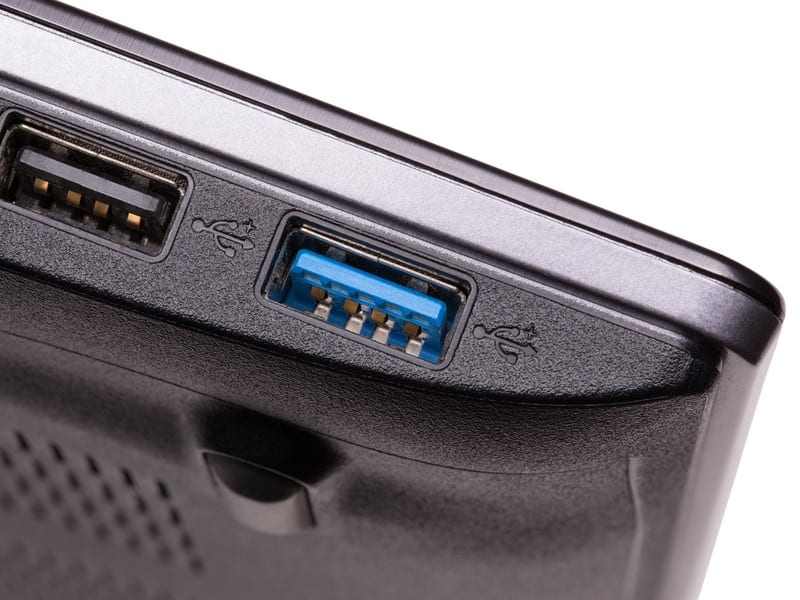georgeb23
New Member
Hi there,
So yesterday I tried connecting 4 USB webcams to my laptop (Asus, 8GB RAM, Windows 11 Home, Intel i7) in OBS. Only 3 would work simulataneously, and this depended on which of the webcams was plugged in last. I cannot use the "Deactivate when not showing" feature as the cameras often need to be displayed together on screen.
I looked in USBview to discover that my laptop only has 1 USB controller / Root hub, and I understand this may result in not enough bandwitdth to be available for 4 webcams to run together?
I know USB hubs are not at all recommended when using them with webcams, but I can plug 3 into a USB hub and they all work perfectly. My laptop has 2 regular USB ports (presumably 2.0?) and one USB port labeled "SS" - I have tried all combinations of where to plug in the USB hub, and where the different cameras are plugged in - however the 4th webcam no matter what just shows a black screen in OBS.
All webcams work fine when using the Microsoft Camera app - I assume this is because here the cameras are being activated in turn rather than all together as OBS does.
My question is this - is there any workaround at all so I can reliably use 4 cameras, or am I stuck at 3 because of a bandwidth issue / the fact that my machine only has 1 USB controller?
Thanks chaps
So yesterday I tried connecting 4 USB webcams to my laptop (Asus, 8GB RAM, Windows 11 Home, Intel i7) in OBS. Only 3 would work simulataneously, and this depended on which of the webcams was plugged in last. I cannot use the "Deactivate when not showing" feature as the cameras often need to be displayed together on screen.
I looked in USBview to discover that my laptop only has 1 USB controller / Root hub, and I understand this may result in not enough bandwitdth to be available for 4 webcams to run together?
I know USB hubs are not at all recommended when using them with webcams, but I can plug 3 into a USB hub and they all work perfectly. My laptop has 2 regular USB ports (presumably 2.0?) and one USB port labeled "SS" - I have tried all combinations of where to plug in the USB hub, and where the different cameras are plugged in - however the 4th webcam no matter what just shows a black screen in OBS.
All webcams work fine when using the Microsoft Camera app - I assume this is because here the cameras are being activated in turn rather than all together as OBS does.
My question is this - is there any workaround at all so I can reliably use 4 cameras, or am I stuck at 3 because of a bandwidth issue / the fact that my machine only has 1 USB controller?
Thanks chaps

